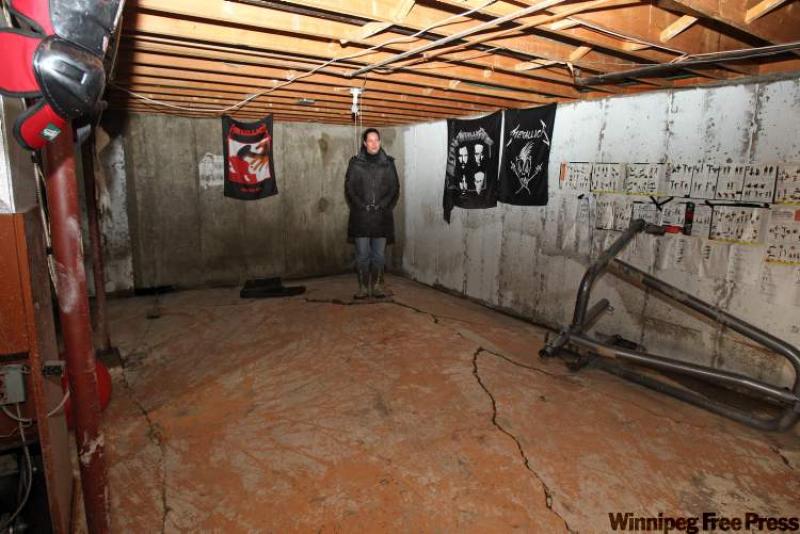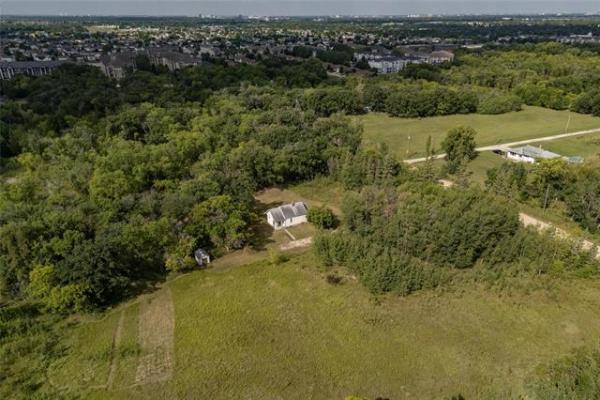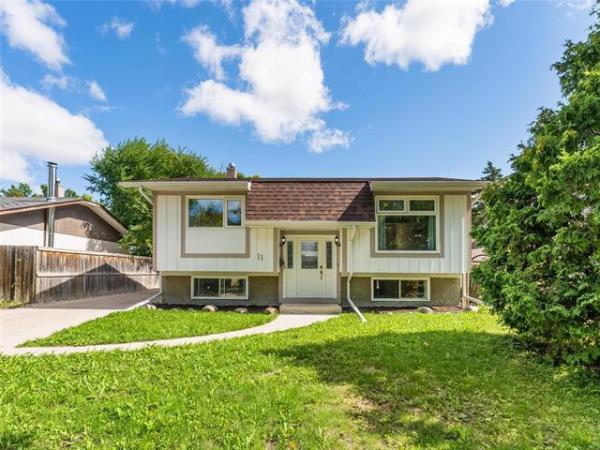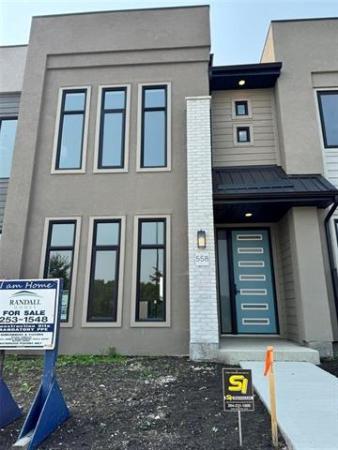QUESTION: I am in the process of having a house built for me by a contractor and have a question that maybe you can help me with. The house construction took place during the winter months and everything was moving along smoothly until my basement floor was poured.
The house is sitting on piles, so I don't have any issues with the upstairs, but when they poured the floor there must have been frost still in the ground. Now there are a lot of cracks in the floor with a couple so bad the edges are no longer even. In one area, over a 2.4-metre span there is about a 7.5 cm slope. My contractor wants to wait and see what will happen before he does anything. Is there anything I should watch for and do I have any options? Jack Bonekamp
ANSWER: Cracks in concrete basement floor slabs are all too common in our area, primarily due to movement and pressure from our expansive clay soil. While local builders take some measures to try to minimize this movement, many pour the floor slabs shortly after removal of large amounts of water sitting on the soil. This can be a contributing factor, especially during winter construction, and it may be difficult to remedy after the fact.
I'm glad you have built your home on piles, or deep concrete piers, so the same forces that are heaving your floor slab don't affect footings normally placed just below this same floor. With the deeper piers, there should be little chance of the actual house moving, other than the basement floor and any supporting structures sitting on it.
While annoying and often troublesome when trying to develop the basement, there is really little cause for concern with floor-slab movement, which normally begins within a year of installation. However, your situation sounds excessive, and the floor may need repairs after a few years.
The uneven edges of the cracks are concerning because this shows some differential upward movement, or deflection, in different sections of the floor slab. This may lead to potential problems with the drainage tile lines under the floor if they are buried in areas where the heaving is worst.
To determine the next course of action, a little more information should be demanded from your builder. First, I would ask him if there was any ice on the bare floor prior to installation of the concrete. If so, how quickly did he thaw it and how soon before pouring was this done?
In the same vein, if there was no ice, how much water was on top of the soil and how and when was this removed? Too often, this is done immediately before the concrete is poured. At that point, the soil is completely saturated, or over-saturated, and can no longer absorb any more moisture.
One misconception, which I've heard from both clients and builders, is that they believe this is an ideal time to pour concrete since the expansive clay is at its maximum when saturated. They believe the soil can only shrink at this point, thus preventing the common expansion and heaving of floor slabs.
Unfortunately, this belief is not founded in proper building science. Geotechnical engineers know you do not want the soil to be too wet or too dry before it's covered with concrete. A middle range of saturation is ideal, but this is rarely seen during new-home construction here. Homes that have minimal movement and cracking are likely ones that had this proper soil moisture content when slabs were poured.
Unfortunately, once the concrete floor slab is poured over the polyethylene sheathing and stone that covers the clay substrate, there is little that can be done to repair cracking or damage short of partial or complete removal and re-pouring. While not that difficult with freshly poured concrete, breaking up and replacement of the floor slab will be messy and inconvenient. This should only be done as a last resort when a more serious problem arises.
I agree with your builder that this situation should be monitored for further deterioration before proceeding with replacement of the floor slab. Unfortunately, this may hinder any plans you may have for development of your basement.
I would strongly suggest waiting a couple of years before doing any installation of interior partition walls or flooring to see if the problem becomes much worse. While it may be difficult and messy to replace portions of the floor slab now, it will be much more difficult if you have walls, rooms and flooring already in place because much of this would have to be removed. Also, installing walls on top of a slab that is already showing signs of excessive movement may be difficult.
While it may or may not have been an error in judgment by your builder as to the proper time to pour the basement floor slab, little can be done to remedy that issue now. I would note your concern with the builder, make a claim on your new-home warranty if applicable, and watch to see what happens. If the situation gets significantly worse in the first couple of years after possession, then take action. If the floor remains at the current level or recedes slightly, then no action may be warranted and you can proceed with any plans to finish the basement area.
Ari Marantz is the owner of Trained Eye Home Inspection Ltd. and the president of the Canadian Association of Home & Property Inspectors -- Manitoba (www.cahpi.mb.ca). Questions can be emailed to the address below. Ari can be reached at (204) 291-5358 or check out his website at www.trainedeye.ca.
trainedeye@iname.com




